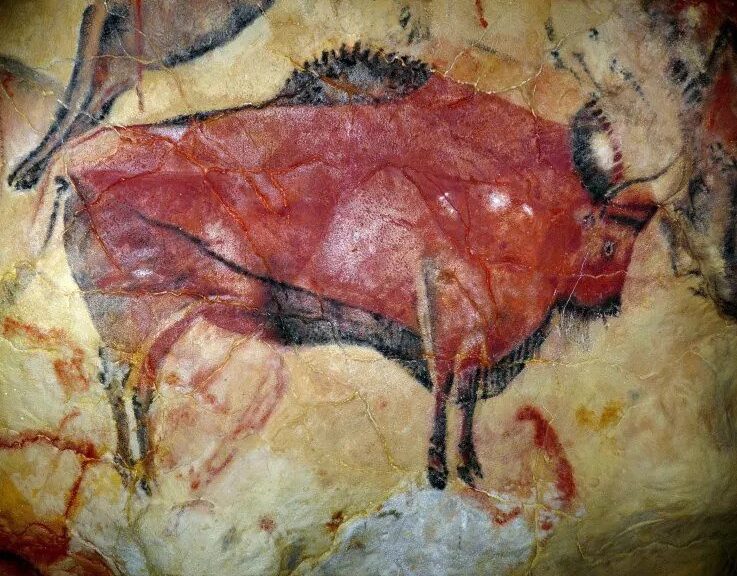Paleolithic ‘Sanctuary’ Containing Rock Art From 15,000 Years Ago Discovered in Spain
Archeologists have discovered a treasure trove of fossil rock art that is 15,000 years old in the autonomous region of Catalonia, Spain. In an investigation, the engravings were found on cave walls. The art is believed to prove that the site once was a religious sanctuary or shrine.
Some of the caves, in October 2019 were investigated by a team of scientists headed by Assistant Professor Joseph María Vergès of the University of Rovira I Virgili.
They had just resumed their work after some serious flooding in the area and were working on a cave known as the Font Major, which is not far from the hamlet of L’Espluga de Francolí. In particular, they were investigating the cave to establish its archaeological potential, and what they found was breathtaking.

They found around 100 examples of rock art, which are mostly examples of abstract art. Also found were some 40 images that represented animals including deer, horses, and oxen, which once inhabited this part of Europe. Catalan News quotes Prof. Vergès as stating that “we made a fortuitous, extraordinary and unexpected discovery.”
The sheer number and the quality of the art mean that they are an important discovery and are invaluable for researchers. Newsweek reports that “the team says the engravings were produced on a layer of soft, sandy silt.” The art was found in a difficult to access part of the Font Major cave. The team did not immediately announce the discovery to the public as they wanted to secure and study the site first.

The ancient art is the oldest that has been found in Catalonia, and there is nothing else like them in the region. The team relied on a study of their style, which revealed the majority of the images date to around 13,000 BC and comes from the “Upper Paleolithic, and more specifically to the Magdalenian period,” according to El Periodico.
It is believed based on an analysis of their style that some could be even older, while others come from the later Neolithic period. The Catalan Institute of Archaeology (IPHES), stated that the discovery was “a milestone in the history of Catalan archaeology,” reports Newsweek.

The archaeologists believe that the cave was once a shrine or a religious sanctuary. It is likely that religious and other ceremonies were held at the site.
The artworks may have had some magical or spiritual significance for the Stone Age people who created them. Given the various styles of the images, it would appear that the site was considered sacred for a considerable time.
Catalan News reports Prof. Vergès as saying that “the sanctuary may have even been bigger but that some of the engravings had in fact been erased by human activity.” In the past, the cave was part of an adventure trail. Many visitors had touched and drew graffiti on the walls with the engravings and had unwittingly destroyed the Stone Age art.
The shrine or sanctuary cannot be visited because of the small size of the cave and especially because of the delicateness of the rock art. Newsweek states that “the archaeologists say that the engravings can be easily damaged or destroyed with even minimal contact.” Therefore, it is highly unlikely that the shrine will ever be open to the public.
However, experts from IPHES and the regional Catalan Culture Ministry are working to record the ancient images. They are using 3D scanning equipment to record the prehistoric art, and this will enable them to be studied without them being put at risk. It is hoped that the 3D scans, which will be in high resolution, will one day be made available to the public and allow for the sanctuary to be digitally recreated. Visitors will hopefully have an opportunity “to view a projection of the sanctuary in 3D,” according to the Catalan News.
The Catalan government has announced that the cave will be declared a cultural asset, which means that it will be protected by law.
Spain is home to some of the world’s most important examples of prehistoric rock art and engravings, such as those at Altamira and El Castillo, which have some of the earliest known. Indeed, the country is home to the greatest number of documented rock art sites in the world.
